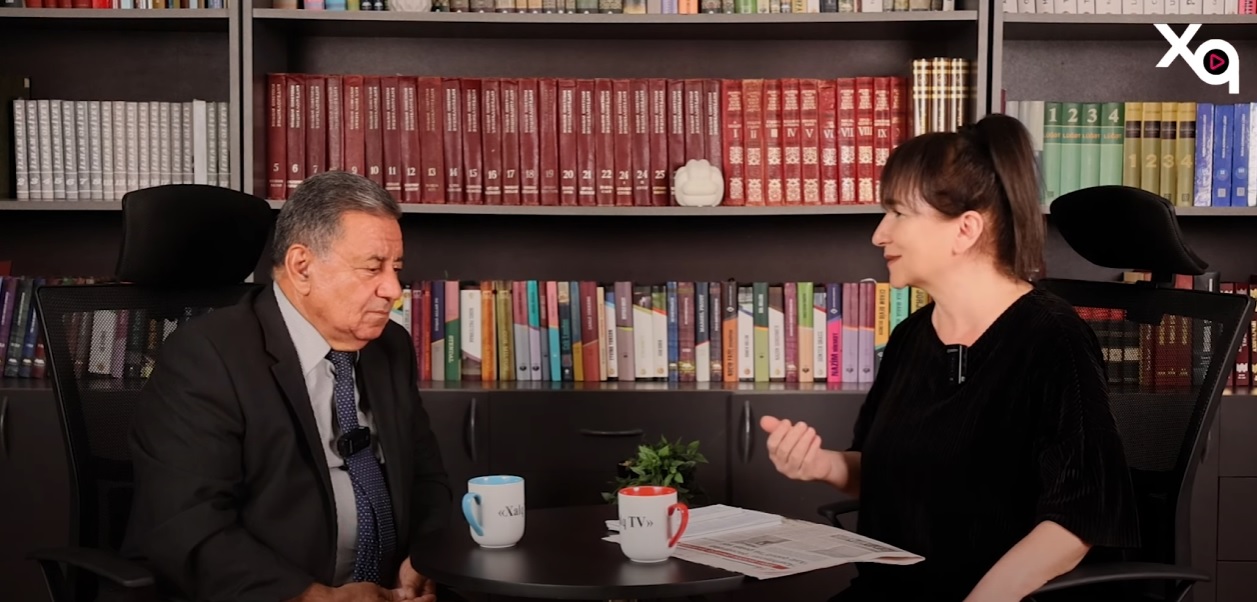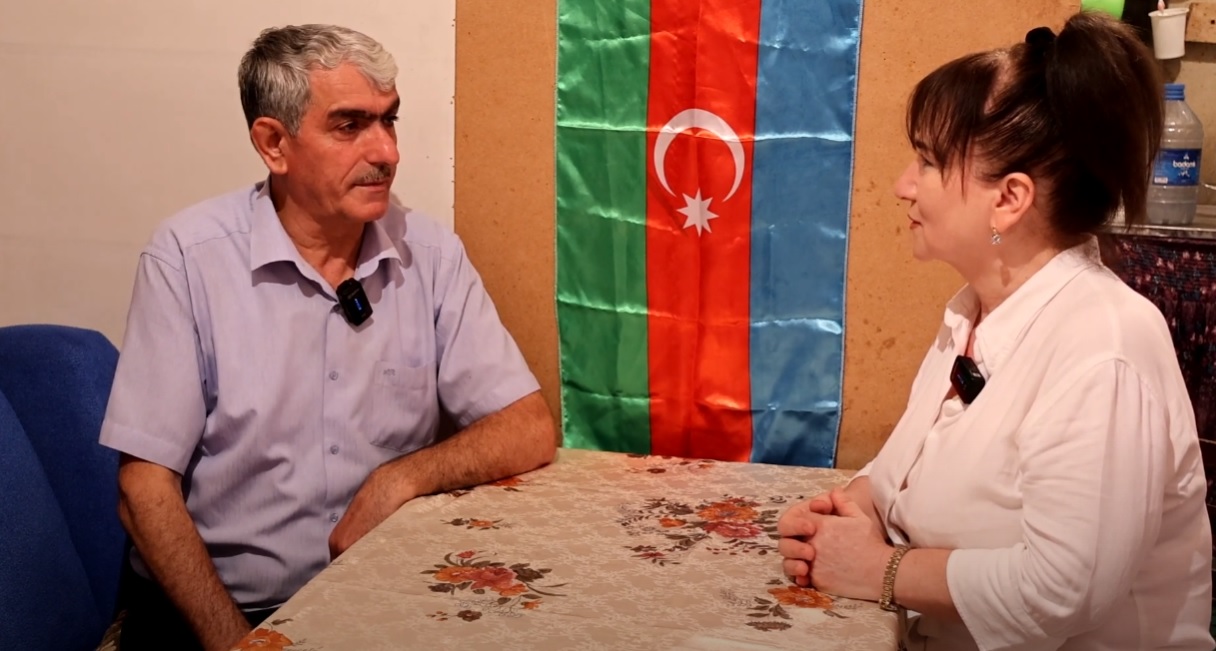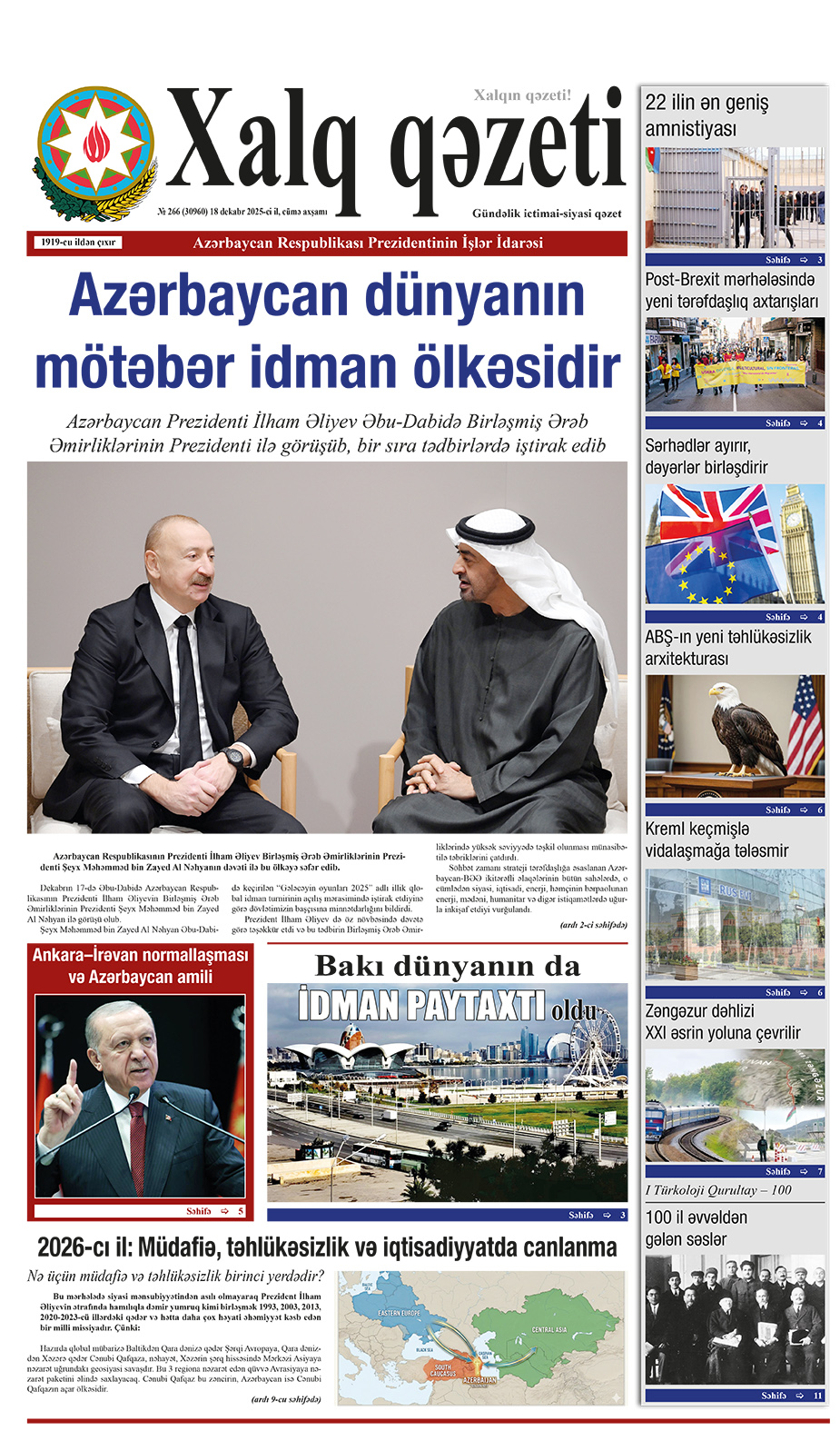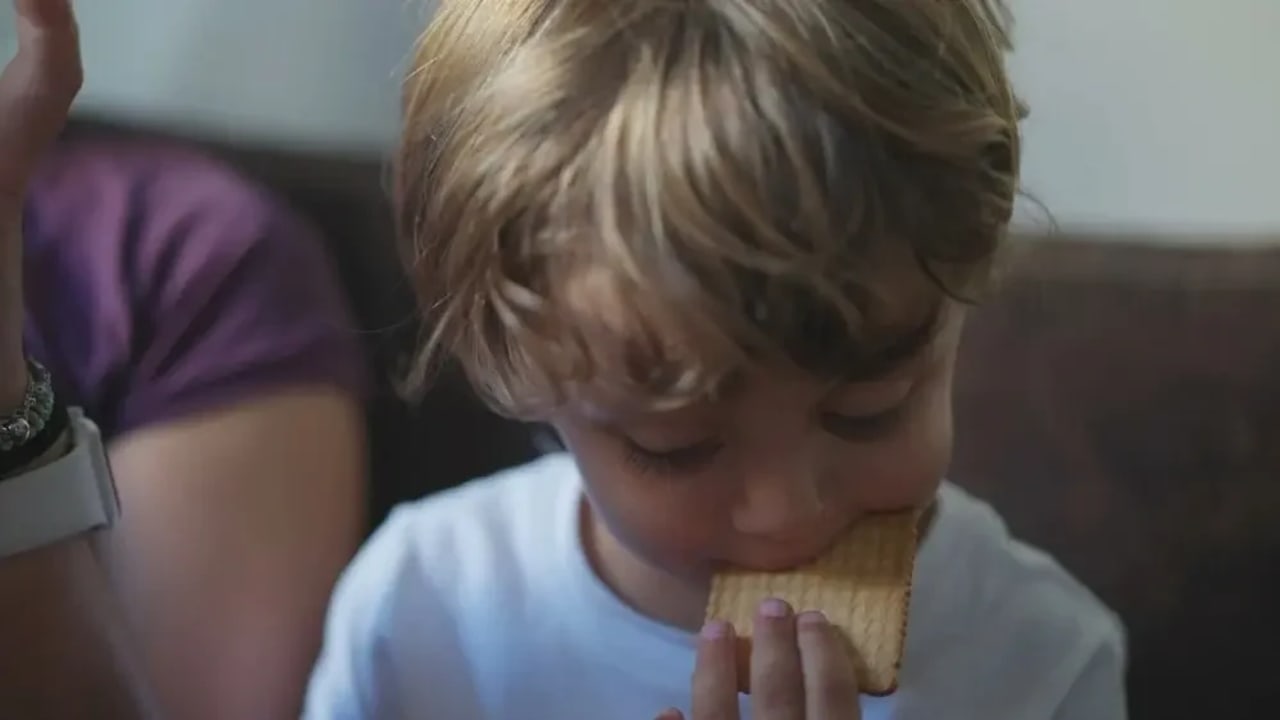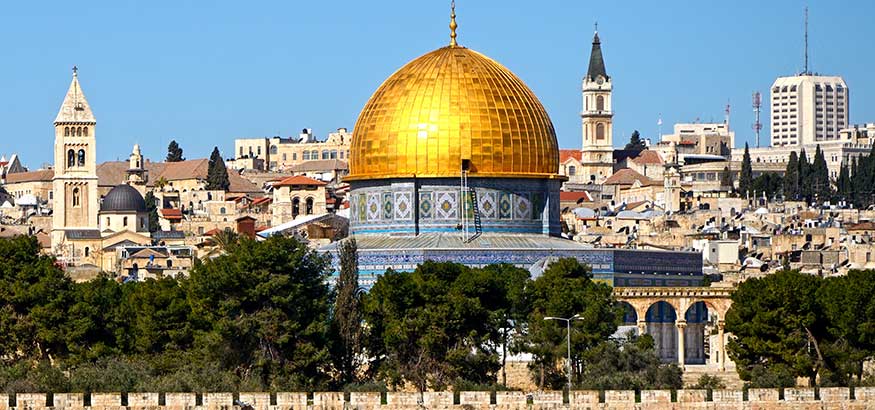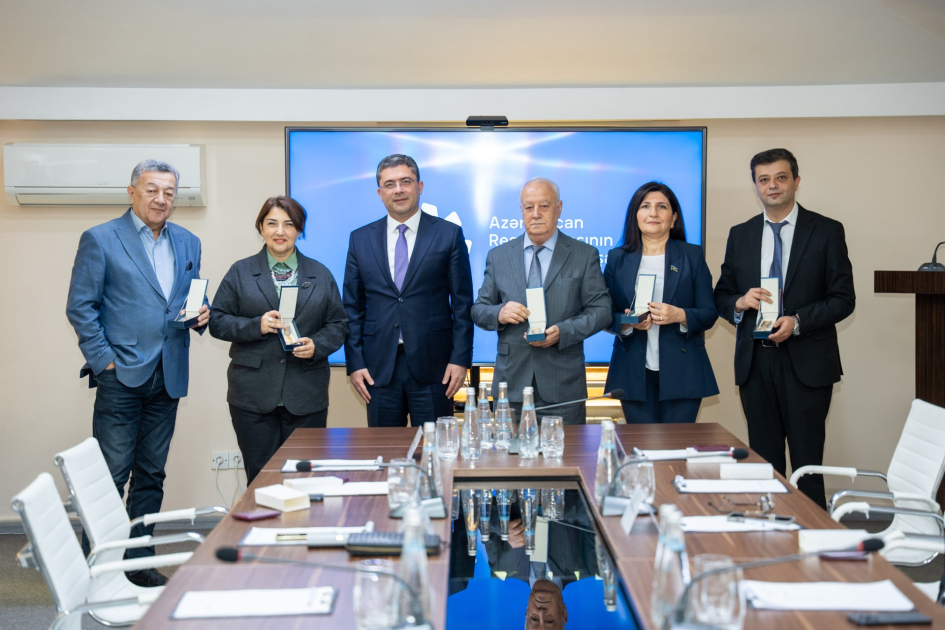By JERUSALEM POST STAFF
Mohamed Ismail Khaled said the Ramesseum was both a temple and a hub for redistributing goods, helping locals—especially artisans from nearby Deir el-Medina.
Restoration work in the southern sector of the Ramesseum Temple was completed, covering the Hall of Columns, the Holy of Holies, and the first courtyard. The work marked a new milestone for the joint Egyptian‐French mission at the site on the west bank of the Nile in Luxor, Egypt. In the same phase, the team discovered and restored statues of the god Anubis in front of small chapels.
Restoration work took place on the royal palace adjacent to the first courtyard, and the excavation revealed parts of the original architectural layout, with only a few column bases remaining. "The mission also carried out restoration work on the royal palace adjacent to the first courtyard," said Christian Le Blanc, head of the French side of the mission, according to a report by Al-Masry Al-Youm.
Archaeologists uncovered a group of tombs from the Third Intermediate Period (about 1069–525 BCE) near the temple. The tombs included burial chambers, shafts, and burial wells where canopic jars and funerary tools were found in good condition. Some tombs contained sarcophagi, over four hundred ushabti figurines carved from pottery, nested coffins, and scattered bones. The team cleared the northern and southern processional paths and discovered additional items from the period.
Storage facilities for olive oil, honey, and fats were identified in underground cellars and storerooms near the temple. Studies of the northern-side buildings and vaults revealed labels for wine vessels and confirmed the existence of a wine cellar in the complex. A group of buildings on the eastern side functioned as administrative offices, indicating the temple’s role in managing economic and administrative affairs.
Among the findings was the House of Life. A report by Zee News stated that the excavation uncovered its architectural layout along with an archaeological collection that included student drawings and small toys, providing the first evidence of a school at the Ramesseum, known as the Temple of a Million Years. The discovery proved that education played a role in temple life.
The temple, built by Ramesses II during his reign (1279–1213 BCE), served as a royal institution for religious rituals and fulfilled administrative and economic roles. A report by Zee News stated that the new discoveries further illuminated this dual function. Evidence of a hierarchy of civil employees showed that the temple managed the distribution and storage of produced goods. "The discoveries shed light on the long and complex history of the Ramesseum Temple," said Mohamed Ismail Khaled, secretary-general of Egypt’s Supreme Council of Antiquities, according to a report by Zee News. He said that the temple was not only a place of worship but also a center for redistributing stored and manufactured products that benefited local residents, including artisans in Deir el-Medina.
Further work at the site included reassembling parts of the colossus of Ramesses II’s mother Tuya and reconstructing parts of the colossus of Ramesses II. The recovered parts of the king’s statue were gathered on a platform, and his legs were restored and returned to their base. Remains of the cornice that originally stood on the door, which featured a frieze of monkeys, were also found. In one corner of the temple, a granite lintel depicted Ramesses II deified before Amun-Ra.
Researchers confirmed that the Ramesseum was occupied before the construction of Ramesses II’s temple, which began shortly after the start of his reign and took twenty years to complete. In later periods, quarry workers reused the site during the Ptolemaic and Roman eras, and it was eventually transformed into a priestly cemetery after being looted.
Sherif Fathy, the Egyptian Minister of Tourism and Antiquities, commended the mission’s efforts in uncovering new aspects of the temple’s history. "The discoveries shed light on the religious and societal role of the Ramesseum Temple in Ancient Egypt," said Fathy, according to a report by Zee News.
Work at the site also uncovered workshops for textiles and stone works, as well as kitchens and bakeries. The excavation recovered artifacts that demonstrated the temple’s role as a center for local production and redistribution. In addition, the tomb of Shtp Ipy Ra was rediscovered on the northwestern side of the temple, noted Hisham El-Leithy, head of the Sector of Conservation and Registration of Antiquities and of the Egyptian side of the mission.


.jpg)
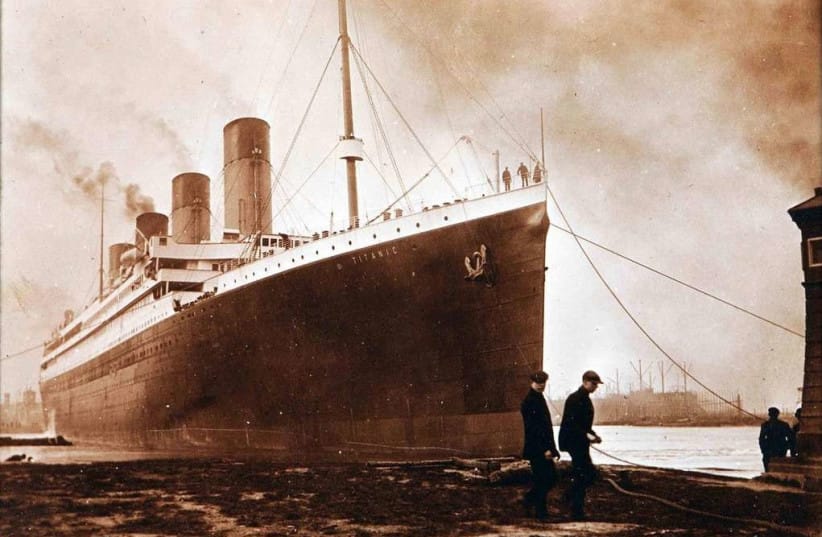
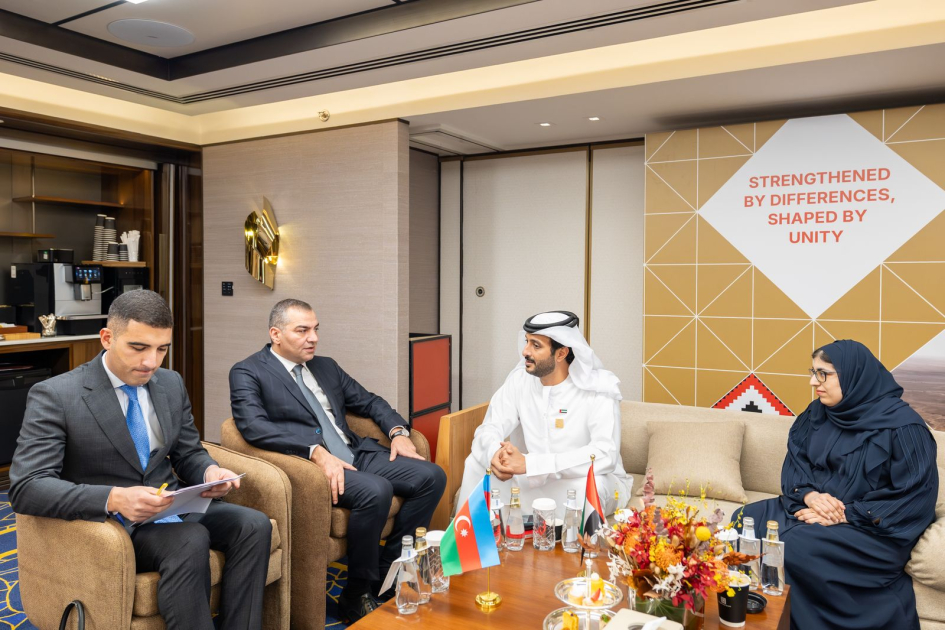
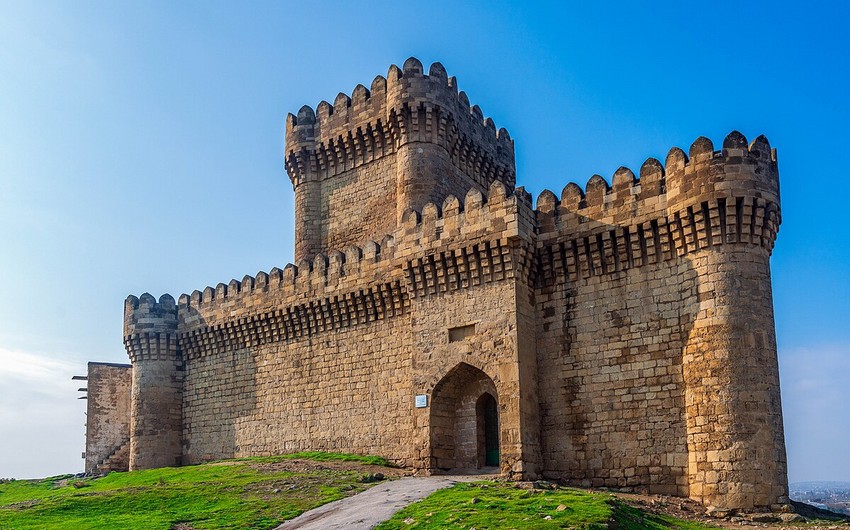
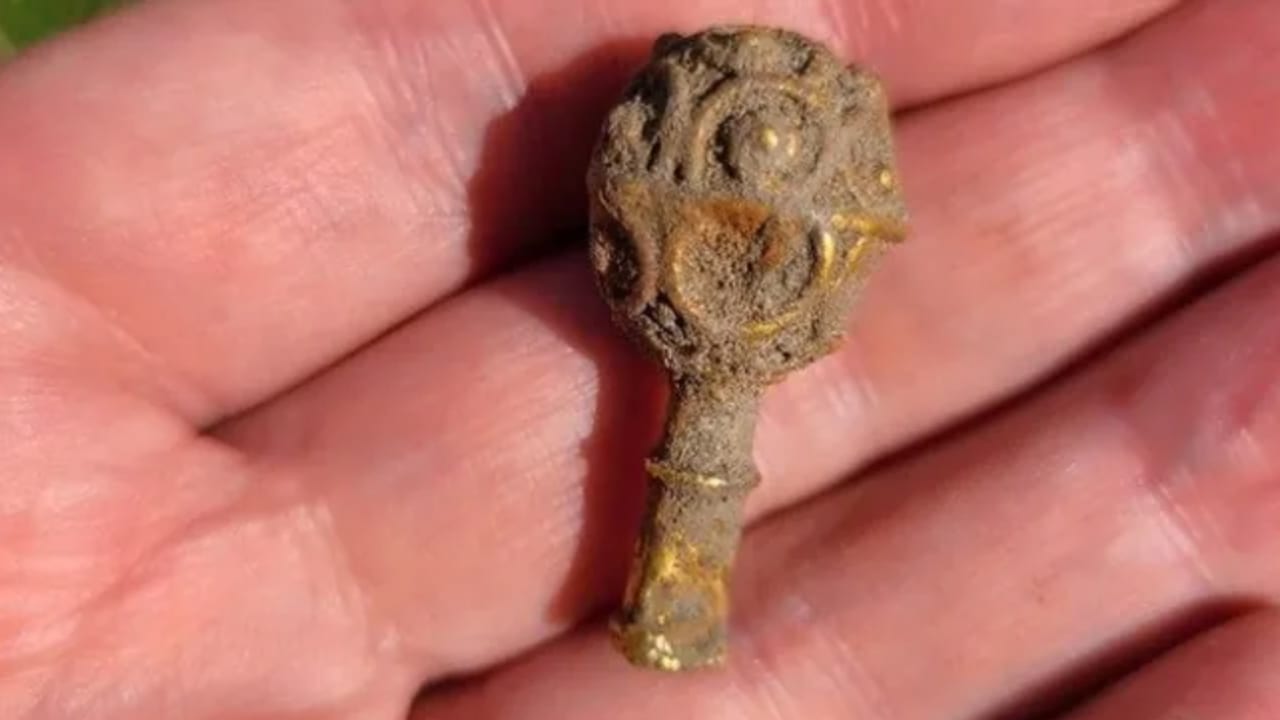
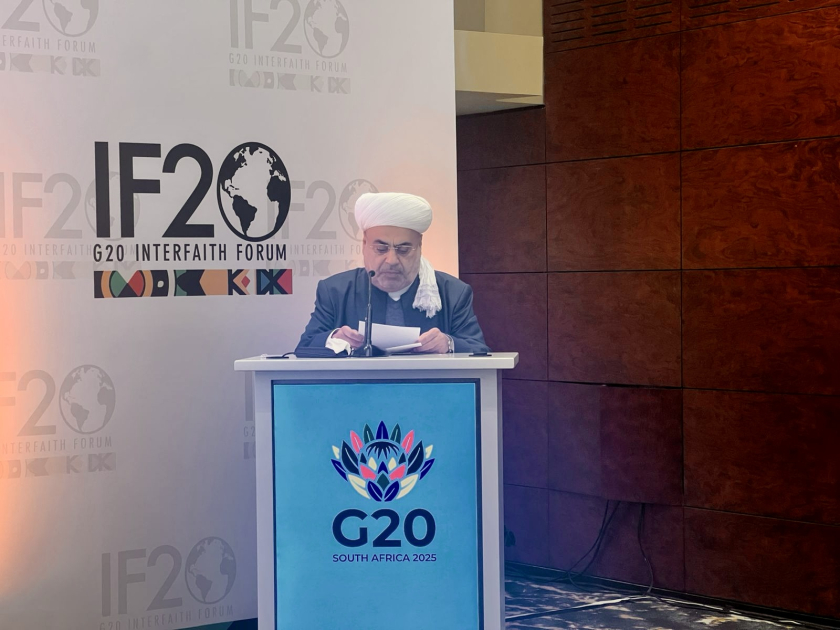
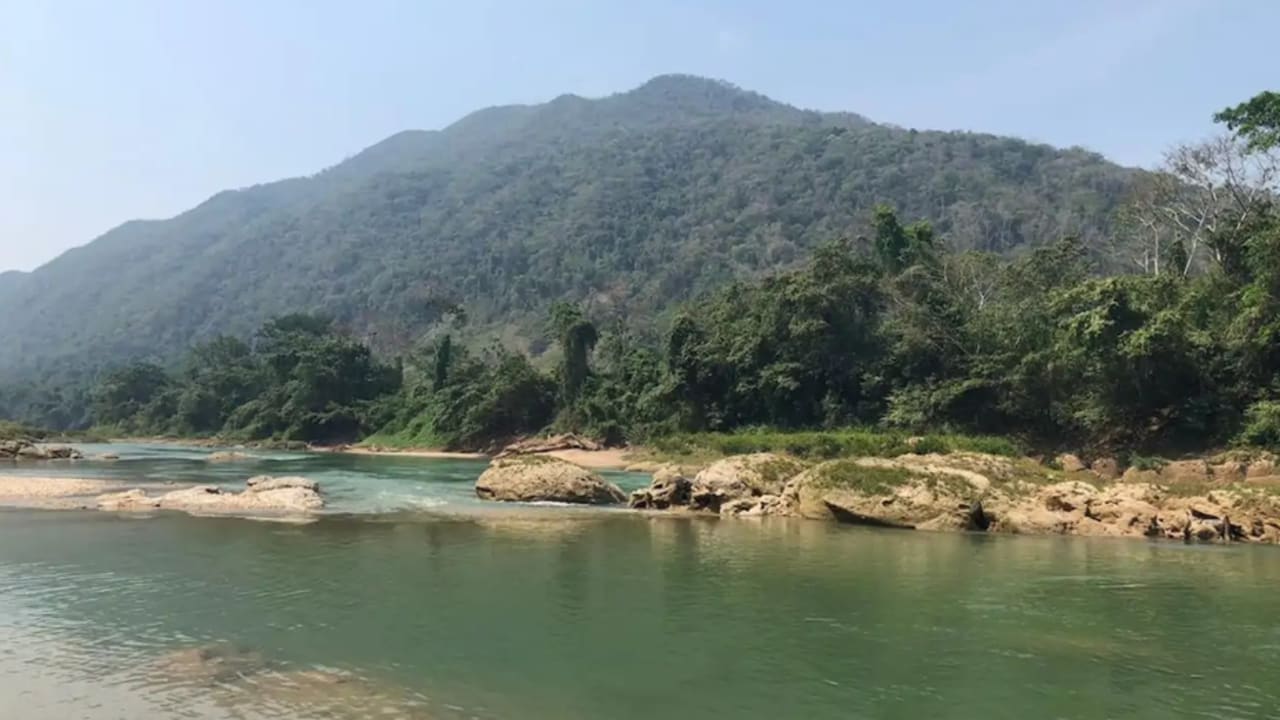
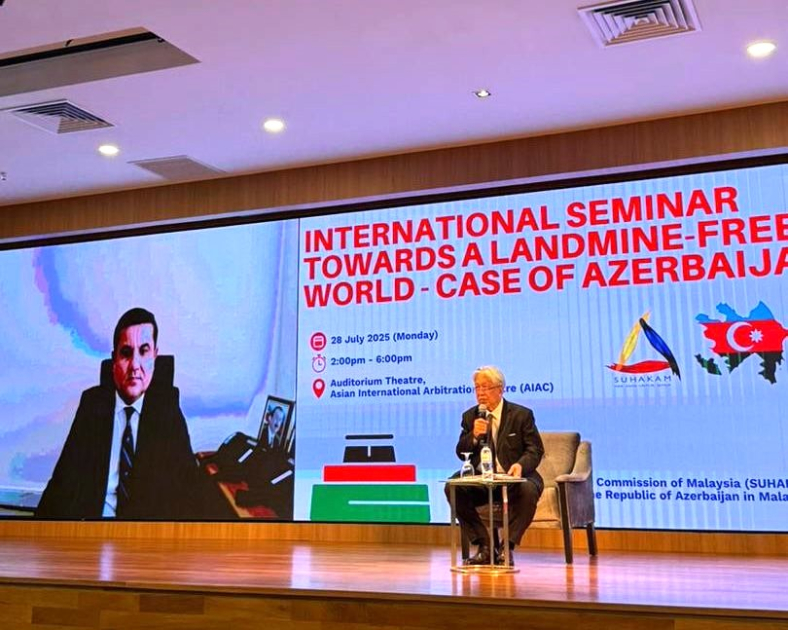
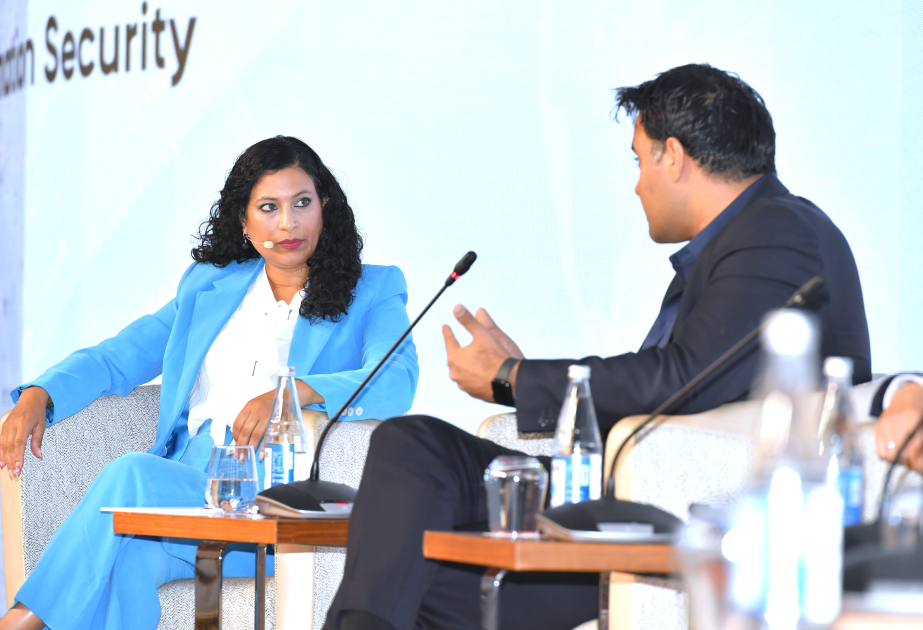
.jpg)

